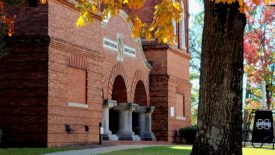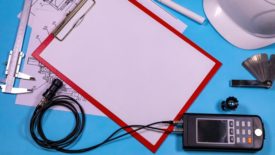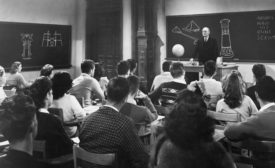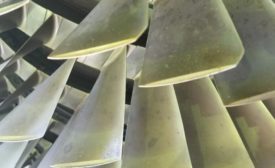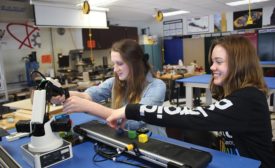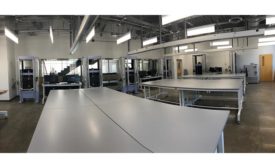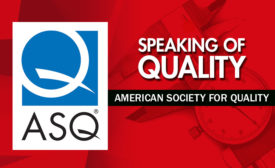Home » education
Articles Tagged with ''education''
Column | Lara Threet
With the importance of quality in manufacturing, how do we prepare the future workforce for the field?
Read More
NDT | Training
The Need for Excellence in NDT Training
The technology of NDT deserves and requires excellence in training programs.
November 7, 2022
The Evolution of NDT Training
The need for training has always been essential to the growth of NDT
November 1, 2020
Competent, Qualified and Certified
Do everything you can to ensure that you keep your competence active, engaged, and evolving.
June 10, 2020
Preparing the Next Generation: A Model for Workforce Solutions
The new generation needs to first be made aware of the opportunity in advanced manufacturing.
December 15, 2019
Shimadzu Partners with Oklahoma State to Launch Mechanical and Physical Properties Testing Lab
Equipped with a collection of Shimadzu’s materials testing instruments, this lab space will reportedly allow students to characterize materials with an array of scientific techniques.
February 20, 2019
INDUSTRY HEADLINE
Buehler and Instron Team Up at ISTFA International Symposium for Testing and Failure Analysis
October 26, 2018
An Educational & Scientific Purpose
ASQ continues to connect the global quality community.
October 8, 2018
Get our new eMagazine delivered to your inbox every month.
Stay in the know with Quality’s comprehensive coverage of the manufacturing and metrology industries.
SIGN UP TODAY!Copyright ©2024. All Rights Reserved BNP Media.
Design, CMS, Hosting & Web Development :: ePublishing
